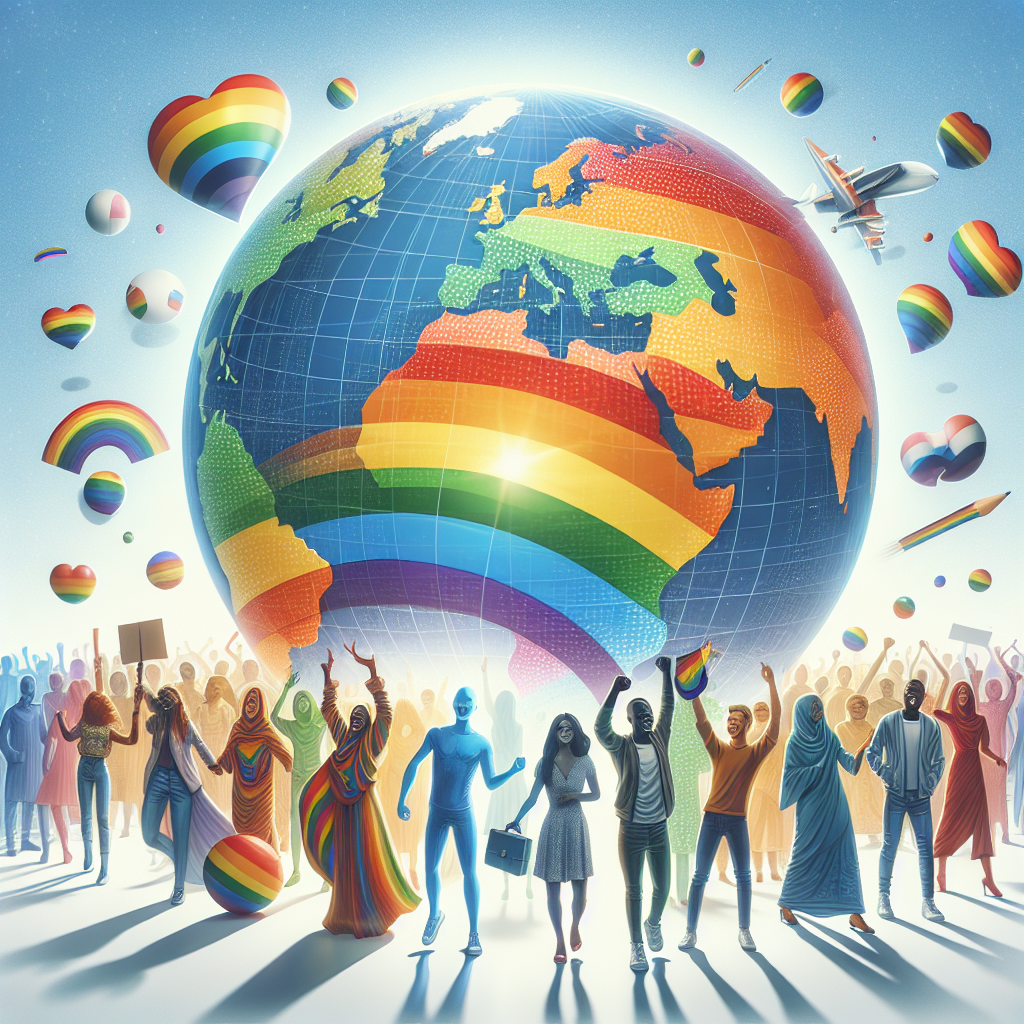As the runways light up with vibrant hues and flamboyant styles, a deeper narrative is being spun beneath the sequins – one that involves a shift in legal paradigms, societal norms, and a spectrum of identities once criminalized. The backbone of our exploration: LGBTQ+ rights expanding globally. Its manifestation? Fashion.
The trends set by designers often do more than dictate seasonal must-haves; they reflect cultural shifts and emerging ideologies. A surge has been noticed recently wherein designers increasingly opt for gender-neutral lines, breaking traditional molds as laws lean towards inclusivity worldwide.
In tandem with this trend flow the visionary narratives from creative powerhouses pushing boundaries both artistic and socio-political; their designs often becoming an eloquent advocacy on behalf of marginalized communities.
Fashionable voice against discrimination isn’t limited to couture collections or runway shows–it threads through every garment produced, reaching into factories previously structured around binary divisions. As countries progressively decriminalize LGBTQ+ identities, manufacturing units are revised across many leading brands to be non-discriminatory spaces promoting diversity.
The market responds favorably to these changes–a testament to evolving consumer consciousness underpinning sales figures. Surveys indicate escalating support for companies endorsing LGBTQ+ values hinting at potential commercial reverberations should any brand choose not to evolve accordingly.
Cultural Influence
Pose, RuPaul’s Drag Race, Queer Eye–shows that have normalized LGBTQ+ narratives within the public sphere. Yet their influence spills beyond TV screens into everyday apparel choices, enabling self-expression without fear of criminal consequences.
Sustainability Focus
Amidst legal shifts, fashion houses striving for inclusivity are also prodding discussions around ethical production in realms from labor rights to environmental impact–all factors intertwining with broader human rights movements and making the industry more sustainable on multiple fronts.
Consumer Behavior
The market’s shift towards brands embodying inclusivity reflects consumers’ willingness to embrace diversity while penalizing those stuck in outdated norms. Such changes open inquiries into how anti-discriminatory laws might affect other consumer behavior domains such as entertainment or technology.
In spite of progress made, challenges remain in various parts of the globe where homophobia persists legally and socially. The implications for fashion houses operating internationally are grave, navigating a maze of contradicting legislation while trying to maintain inclusivity ethos.
Future Directions
The future of technology in this increasingly inclusive space promises innovations redefining our understanding of fashion itself – AI predicting trends based on global LGBTIQ+ legal developments; Blockchain tracked supply chains ensuring fair employment practices; Virtual realities offering safer spaces for individuals exploring gender fluidity and much more. This sparks debates about crime prevention measures needed given technological advancements aiding identity theft or cyber bullying against minorities.
A sweeping cultural epoch is upon us led by progressive legislation embracing diverse identities under the law globally impacting both manufacturing processes and individual consumption patterns within an industry that mirrors society so accurately- Fashion! For all it’s glittery splendor does indeed hold weightier messages if we care to look beneath surface adornments.
